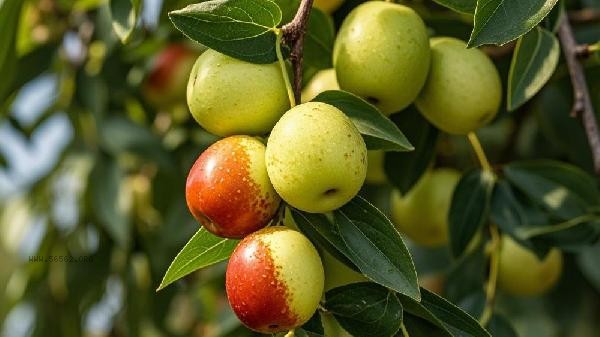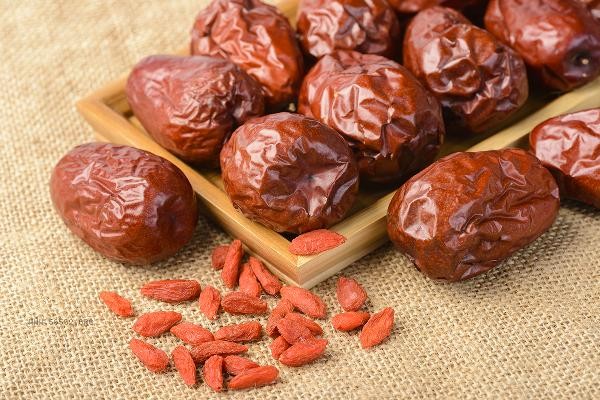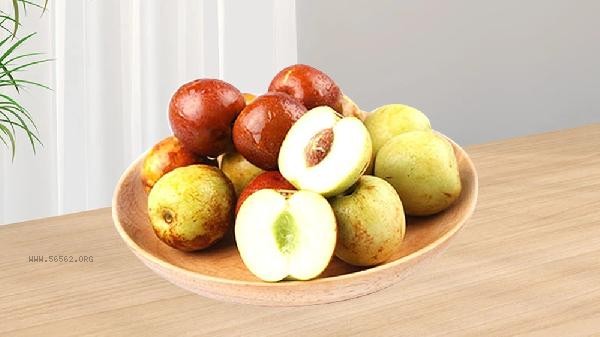Jujubes usually present a deep red or purple red color when ripe, and a greenish green color when immature. Some varieties may present a yellow brown or black color. The color change of jujube is mainly related to factors such as variety differences, maturity, and lighting conditions.

1. Variety Differences
There are significant differences in the color of jujube seeds among different varieties. Common varieties of red dates, such as Jinsi Xiaozao, appear dark red when ripe, while winter dates appear blue-green when immature and turn red and yellow when ripe. After maturity, the black jujube variety has a purple black skin, while the chicken heart jujube presents a bright jujube red color. The variety characteristics determine the proportion of pigments such as anthocyanins and chlorophyll in jujube peel.
2. Maturity
The color of jujube will undergo regular changes during the ripening process. During the green jujube stage, the fruit is rich in chlorophyll and appears green. As sugar accumulates, it gradually turns yellow. When fully ripe, anthocyanins are synthesized in large quantities to form a red color. Partially overripe jujubes may appear dark brown due to pigment oxidation, which is closely related to the fruit's sugar acid ratio and enzyme activity.
3. The influence of light
The intensity of sunlight directly affects the degree of coloring of jujube seeds. Jujube fruits that are fully exposed to sunlight may have bright and full colors, and yellow green patches may remain on the shaded side. Due to strong ultraviolet radiation, red dates in arid areas such as Xinjiang are generally darker in color than those in mainland China. appropriate duration of light exposure can promote the synthesis of anthocyanins in fruit epidermis.

4. Processing Method
Dry processing can change the original color of fresh jujubes. The color of naturally dried red dates deepens to a dark red, dried honey dates may appear transparent amber, and dates treated with sulfur fumigation have a brighter color. The Maillard reaction and enzymatic browning during the processing can lead to further color changes.
5. Storage Conditions
The storage time and method will affect the color stability of jujube. Dried jujubes stored for a long time may fade due to oxidation, while fresh jujubes stored in refrigeration can maintain a brighter red color. Vacuum packaging can slow down color deterioration, while dates that have become damp and moldy may develop gray black mold spots.

It is recommended to choose dates with uniform color and luster for daily consumption, and avoid purchasing inferior products with white powder or dark black skin. It is advisable to consume 10-15 fresh jujubes per day, and it is recommended to consume no more than 5 dried jujubes at a time due to their concentrated sugar content. Jujubes can be stewed with ingredients such as Tremella fuciformis and lilies, or eaten with nuts such as walnuts to enhance their nutritional value. People with spleen and stomach deficiency and cold should reduce their consumption, and those with diabetes should control their intake frequency.








Comments (0)
Leave a Comment
No comments yet
Be the first to share your thoughts!